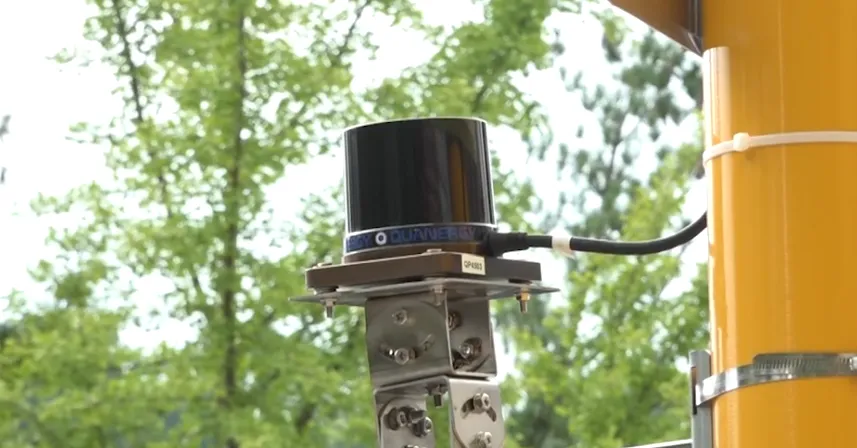New York’s Assembly has passed legislation that will see the installation of speed cameras in school zones in New York and Long Island.
April 29, 2014
Read time: 1 min
New York’s Assembly has passed legislation that will see the installation of speed cameras in school zones in New York and Long Island.
The bill is intended to make roads near schools safer by supplementing the enforcement efforts of local police departments. Last year, New York City established a demonstration program which included the installation of cameras in 20 school speed zones throughout the five boroughs. This measure will allow New York City to increase the number of speed sensitive cameras in use to 140, authorise 56 speed cameras for use in Nassau County and 69 in Suffolk County. Authorisation for the demonstration programs for all three municipalities will conclude in 2018.
"Speed cameras are a viable solution to help reduce traffic fatalities and crack down on reckless drivers, especially in school zones," said Assembly Speaker Sheldon Silver. "Passing this legislation brings us one step closer to ensuring the safety of our children as they travel to and from school. I urge my colleagues in the Senate to act quickly so we can bring this critical piece of legislation to the governor's desk and expand the use of speed-sensitive cameras in our communities as soon as possible."
The bill is intended to make roads near schools safer by supplementing the enforcement efforts of local police departments. Last year, New York City established a demonstration program which included the installation of cameras in 20 school speed zones throughout the five boroughs. This measure will allow New York City to increase the number of speed sensitive cameras in use to 140, authorise 56 speed cameras for use in Nassau County and 69 in Suffolk County. Authorisation for the demonstration programs for all three municipalities will conclude in 2018.
"Speed cameras are a viable solution to help reduce traffic fatalities and crack down on reckless drivers, especially in school zones," said Assembly Speaker Sheldon Silver. "Passing this legislation brings us one step closer to ensuring the safety of our children as they travel to and from school. I urge my colleagues in the Senate to act quickly so we can bring this critical piece of legislation to the governor's desk and expand the use of speed-sensitive cameras in our communities as soon as possible."









